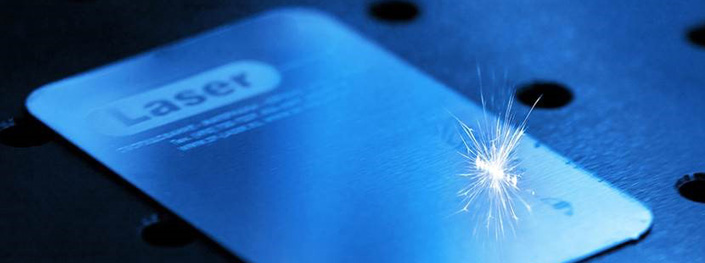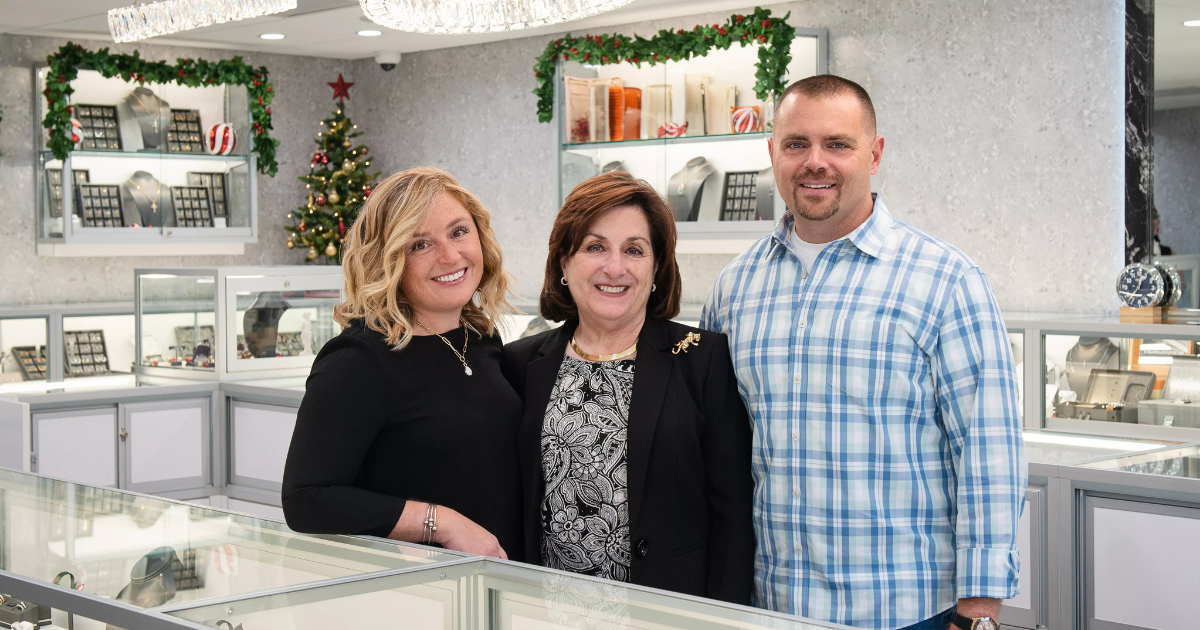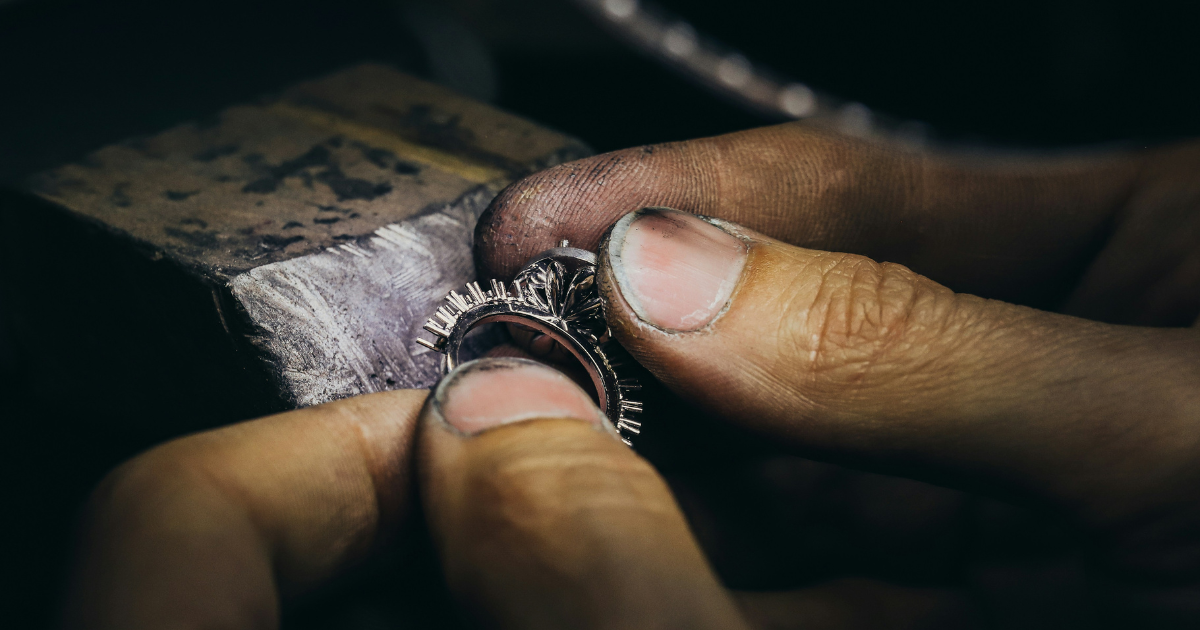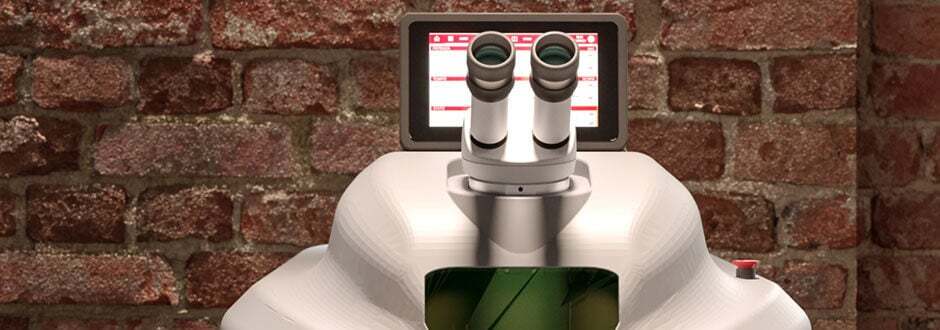Until a decade ago there was no doubt: CO2 was the solution to all application needs.
CO2 is still used today for marking medium-high thickness materials, as well as for marking non-metallic materials where the fiber cannot be used.
However, the one offered by CO2 is no longer the most used solution, even if its market is still active and its function is still useful in certain situations.
Today laser marking represents the technological evolution in the field.
What led to these changes in the use of laser sources?
- the application needs have changed;
- there is more attention by operators on the best solution to use, based on the specific case.
On cutting, the Italian market requires fiber machines.
In terms of orders and offers the requests for fiber laser cutting machines are prevalent compared to CO2 models, even if the CO2 has applications where the quality of the process or the customer's requests make it the ideal choice.
Time ago the fiber was used solely to do what was not feasible with CO2 sources, but today the situation has definitely been reversed.
In particular, the laser marking process takes advantage of the thermic warm-up, which is achieved thanks to a light beam that alters the affected surface. In this way the blackening of the affected area creates a permanent and lasting trace, of a higher quality than that obtainable with a traditional marking.
So, why choose laser marking?
- laser machine performance is better, thanks to the high quality of the laser beam;
- the laser pulses allow to better control the energy deposited on the piece and therefore to realize very accurate micro-incisions and continuous markings;
- the laser marking speed is high and this increases productivity;
- processing on materials of reduced thickness is optimal.
The materials that can be processed with laser marking are different and precious metals are included.
This is why laser machines are in great demand in jewelery, thanks to the precision they allow to reach in the markings.



